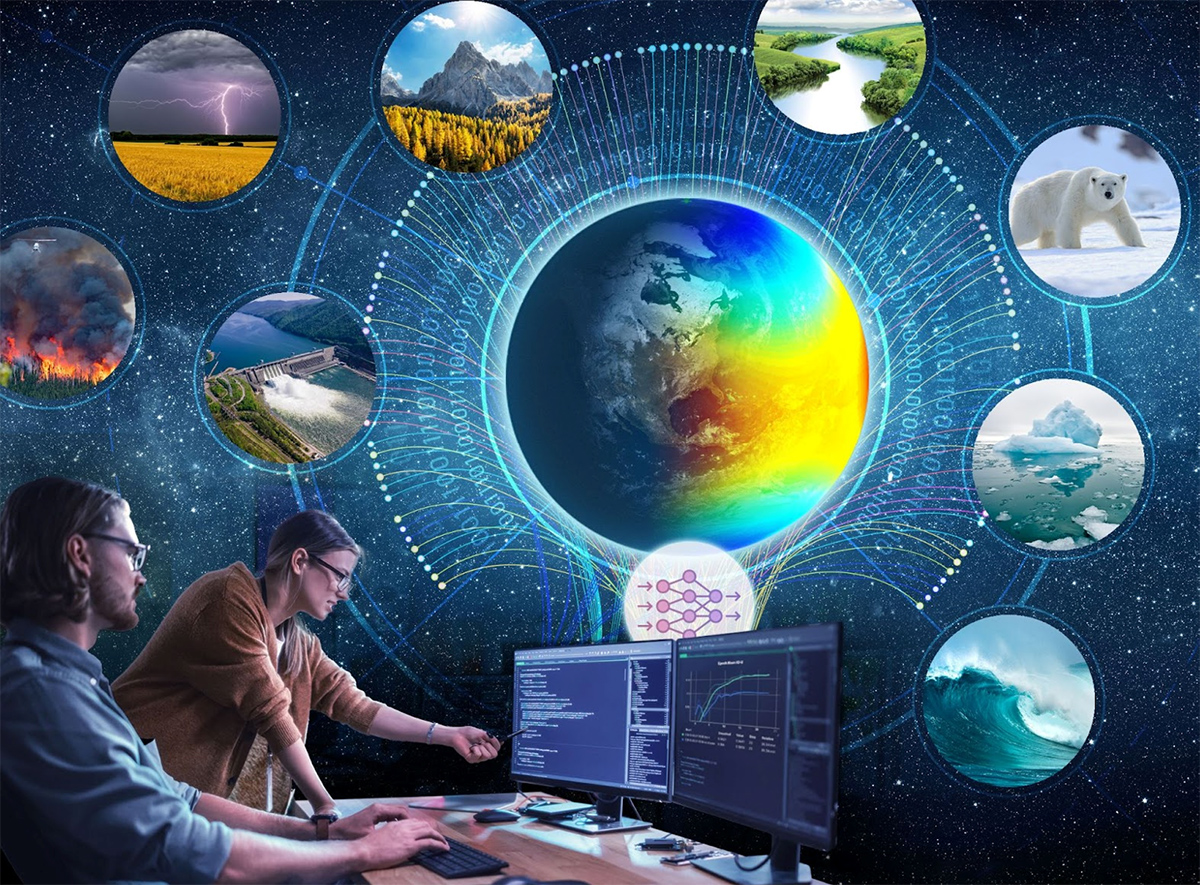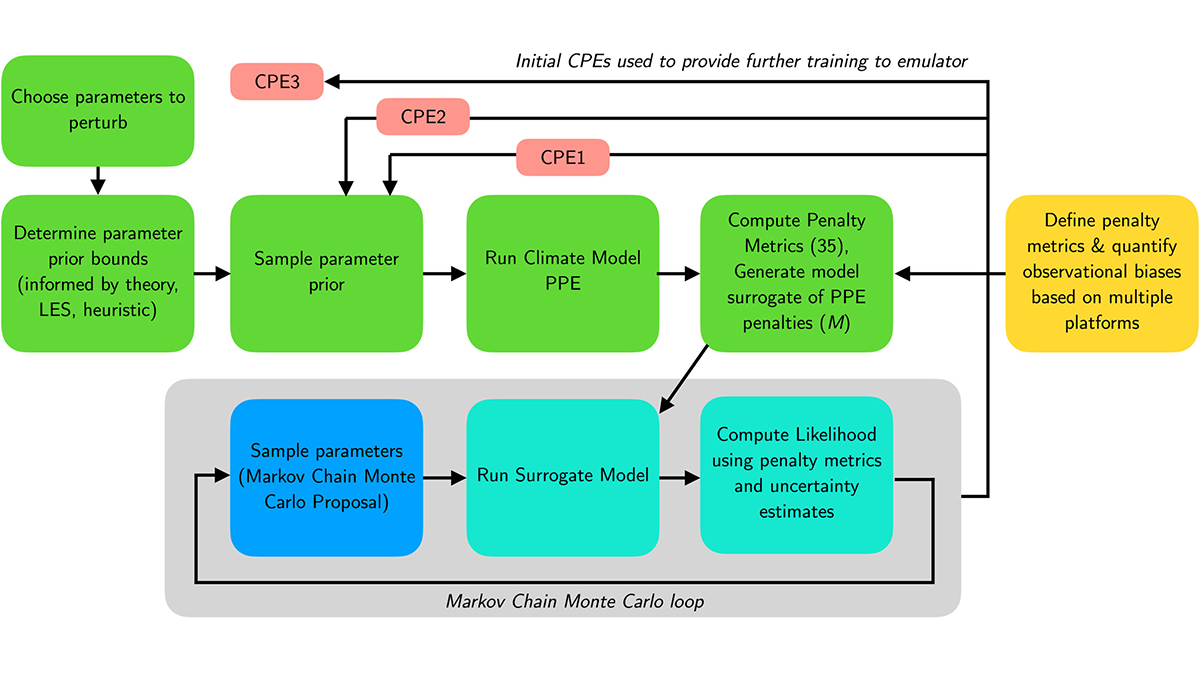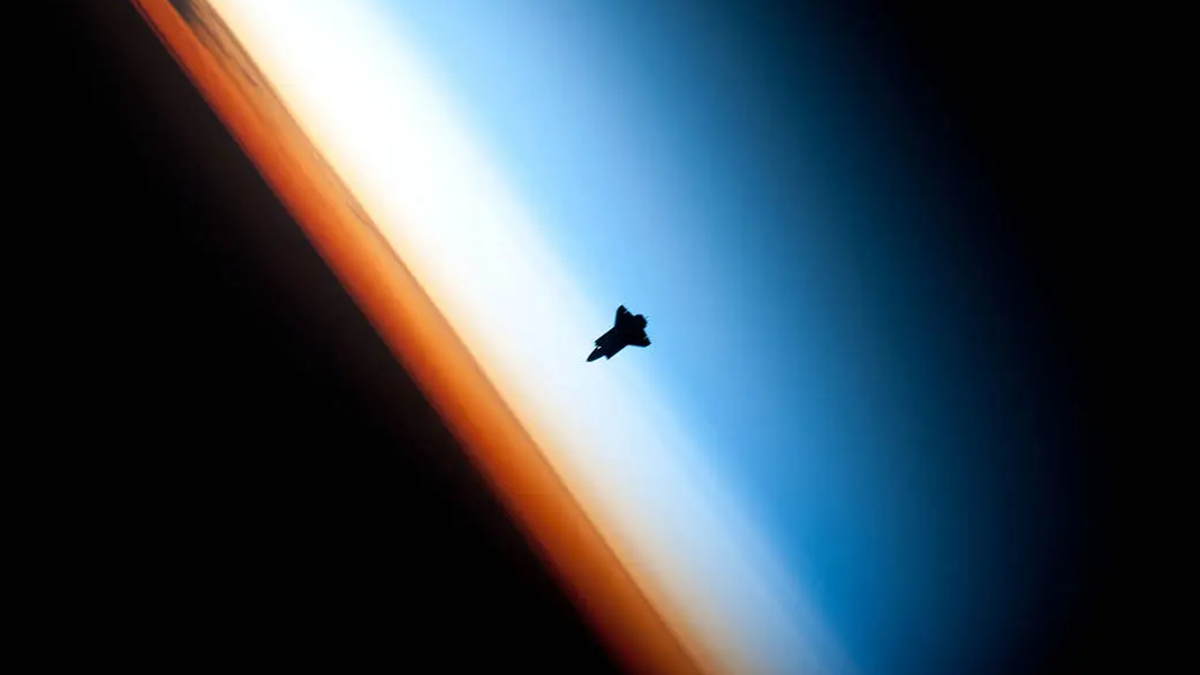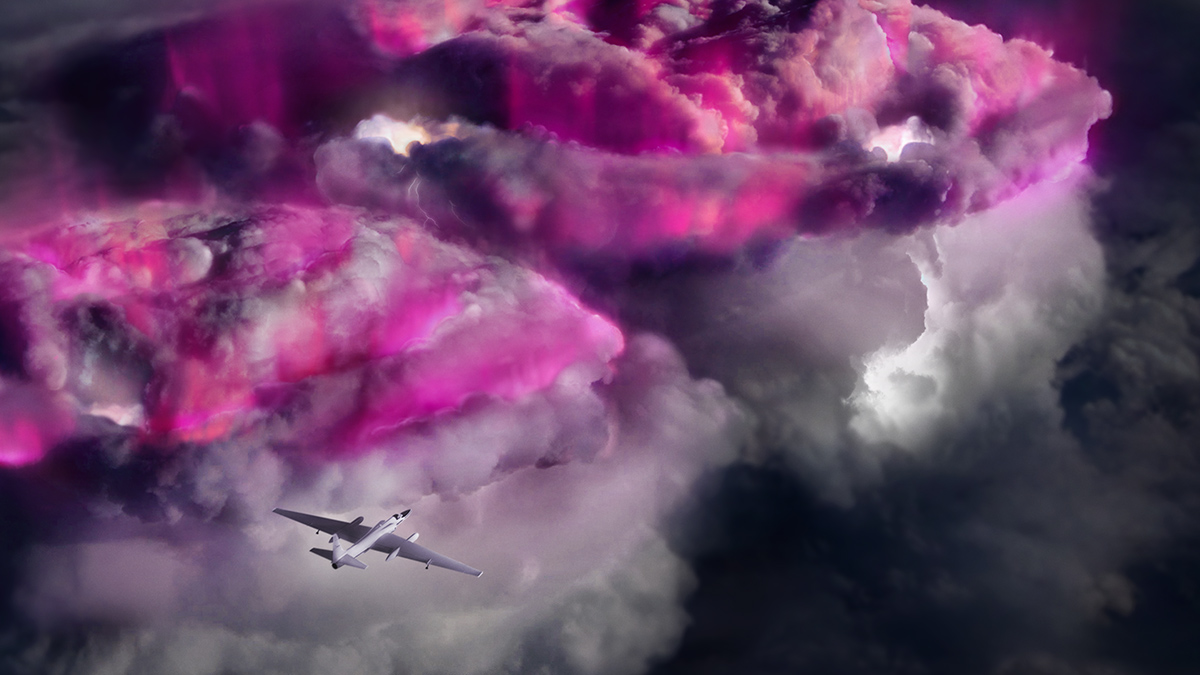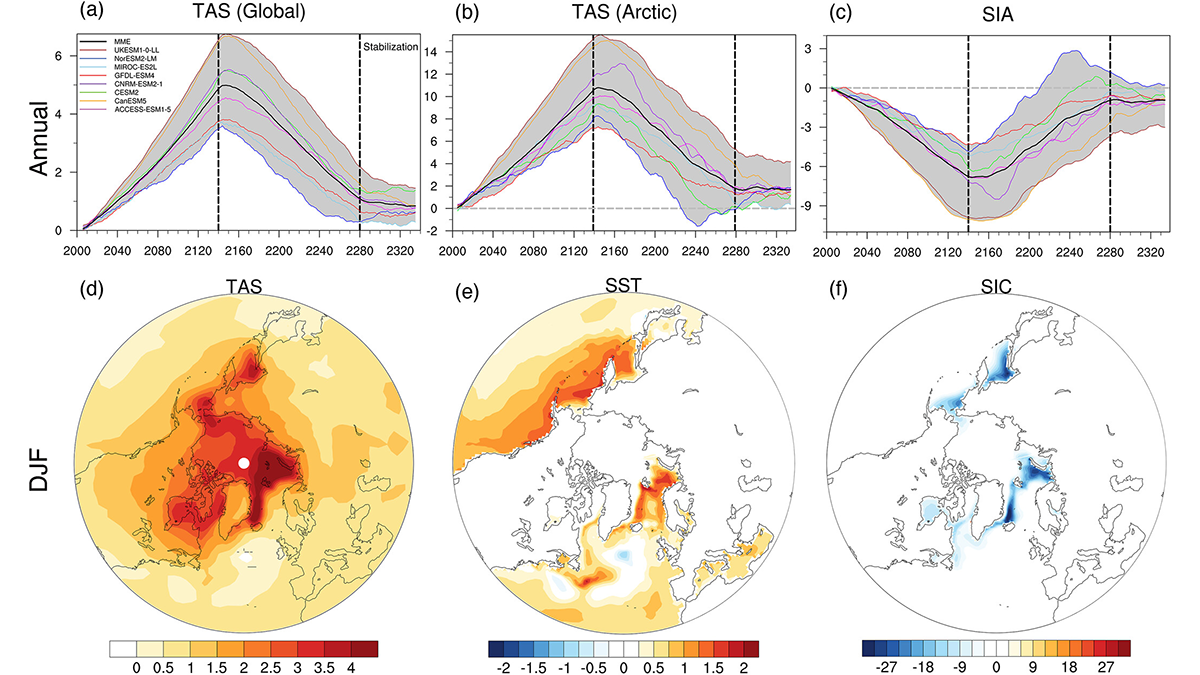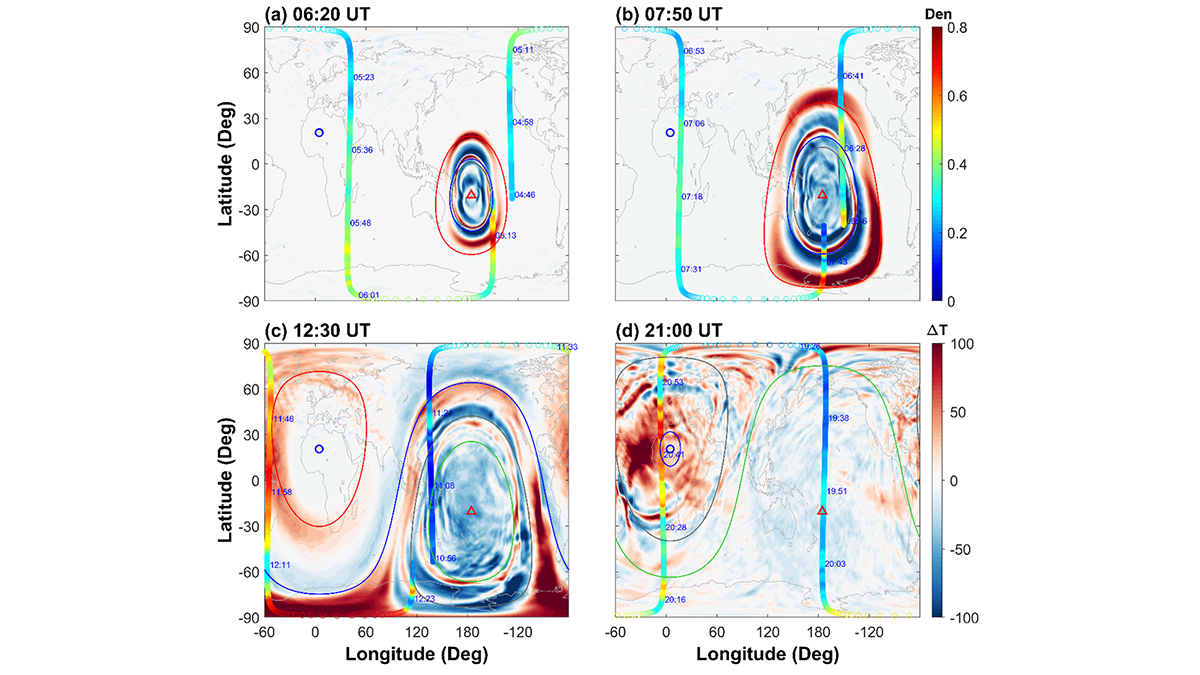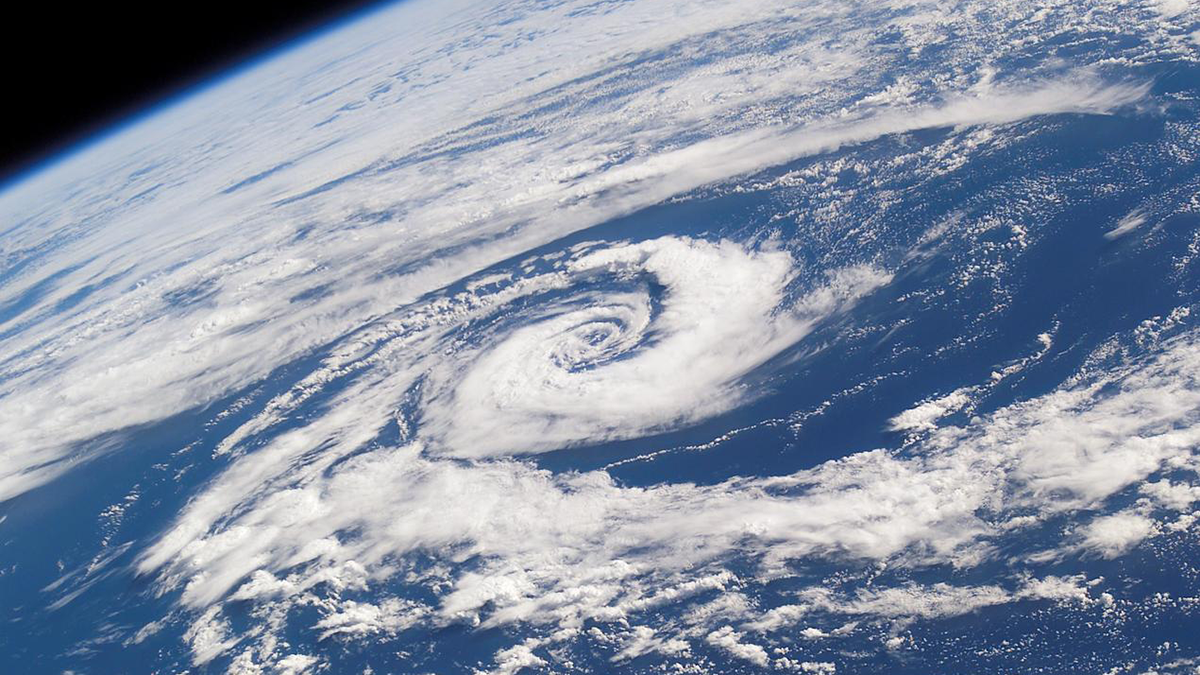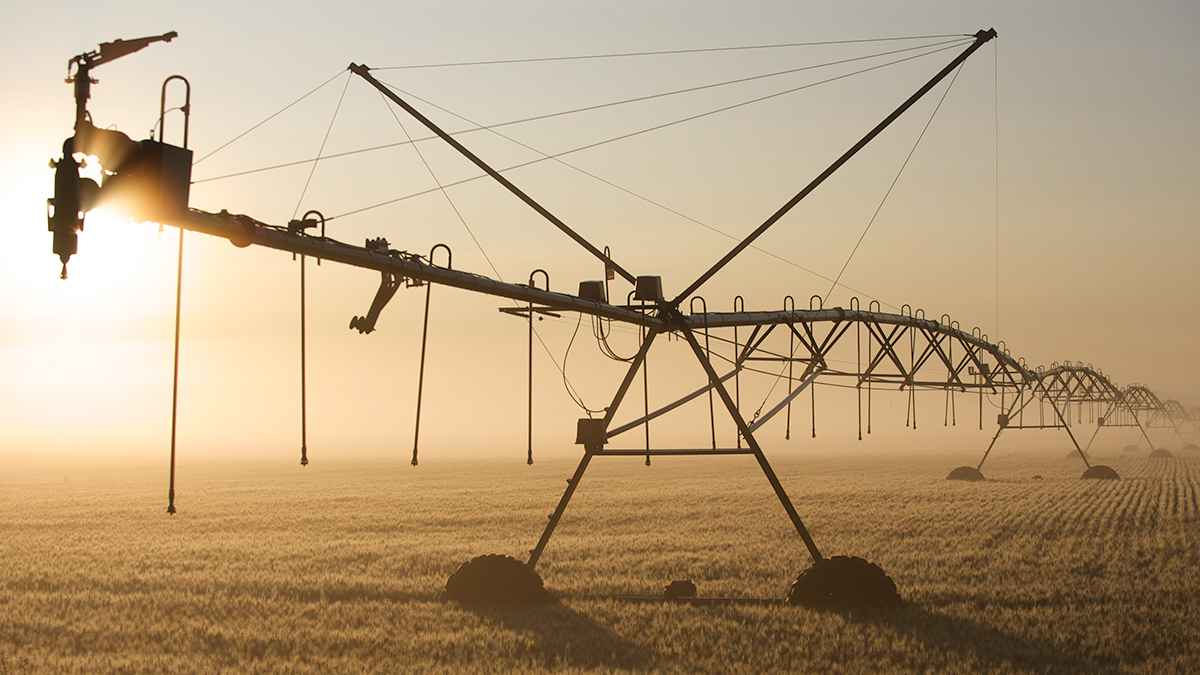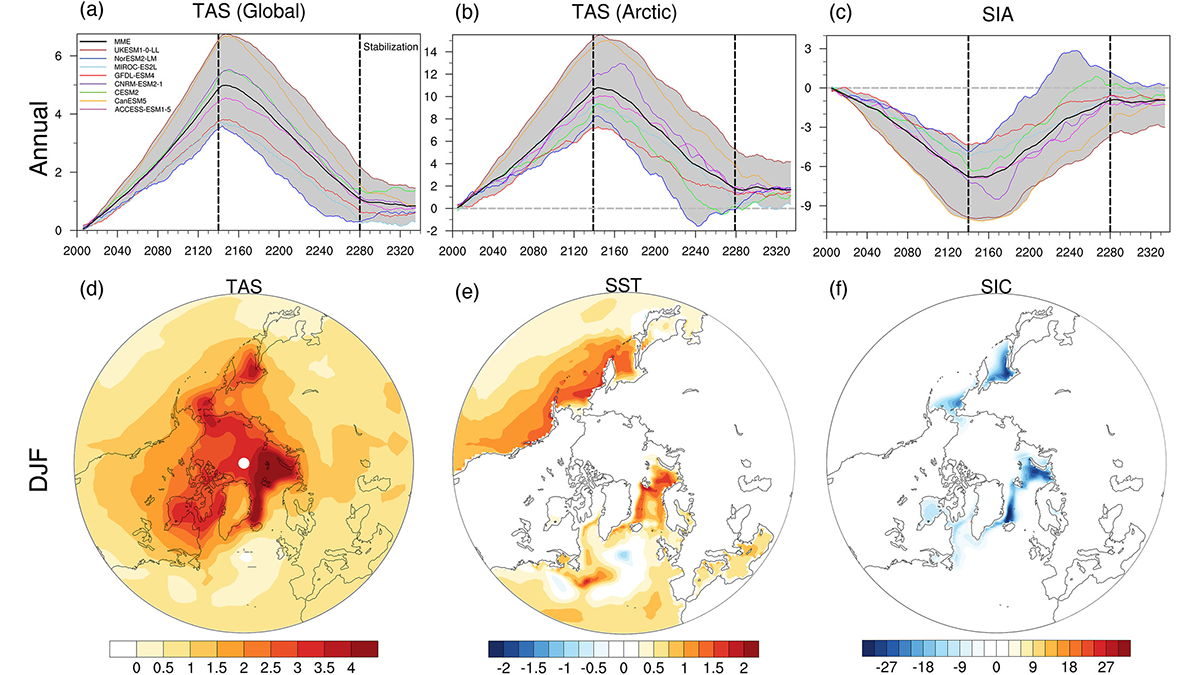Researchers learned machine learning methods during a boot camp, then applied their new knowledge to real-world research problems during a hackathon.
everything atmospheric
Calibrating Climate Models with Machine Learning
Using machine learning, researchers automatically calibrate a comprehensive climate model, improving simulations of difficult features and taking steps toward more reliable climate projections.
An Air Parcel’s Journey Through the Stratosphere
The “age of stratospheric air” measures the speed of the global transport circulation in the stratosphere, which is crucial for understanding the distribution of important trace gases, like ozone.
A New View of Gamma Rays from Thunderclouds
Observations from high-flying aircraft revealed that thunderclouds act as natural particle accelerators, emitting energetic electromagnetic radiation more often than scientists expected.
二氧化碳恢复后的北极海冰:对北大西洋天气的影响
北极海冰恢复不完全导致冬季急流向赤道偏移。由于海洋环流起到了额外的驱动作用,北大西洋急流的偏移尤其不确定。
Tonga’s Volcanic Fury Ripples to the Netherworld
Secondary gravity waves emerge as the hidden architects of global-scale thermospheric upheaval following the Tonga eruption in 2022.
The All-In-One Cyclone Identification Framework
Researchers present a new framework for global detection and classification of all low-pressure systems.
After 30-Year Search, Scientists Finally Find an Aurora on Neptune
The planet’s elusive aurorae are much colder than expected, which is how they evaded detection for so long.
“Thirstwaves” Are Growing More Common Across the United States
Like heat waves, these periods of high atmospheric demand for water can damage crops and ecosystems and increase pressure on water resources. New research shows they’re becoming more severe.
Arctic Sea Ice After CO2 Recovery: Implications for North Atlantic Weather
Incomplete Arctic sea ice recovery results in equatorward-shifted winter jets. The North Atlantic jet shift is particularly uncertain due to the ocean circulation acting as an additional driver.

